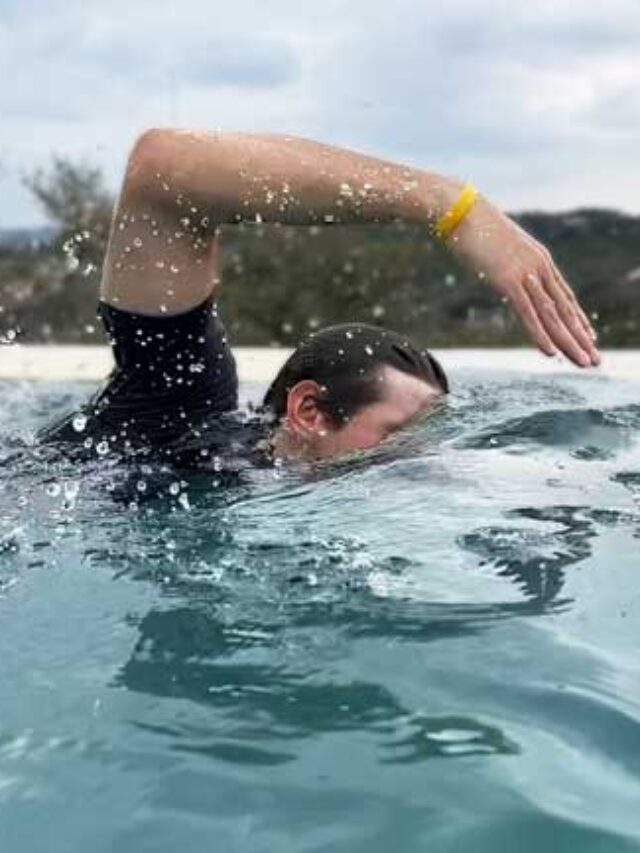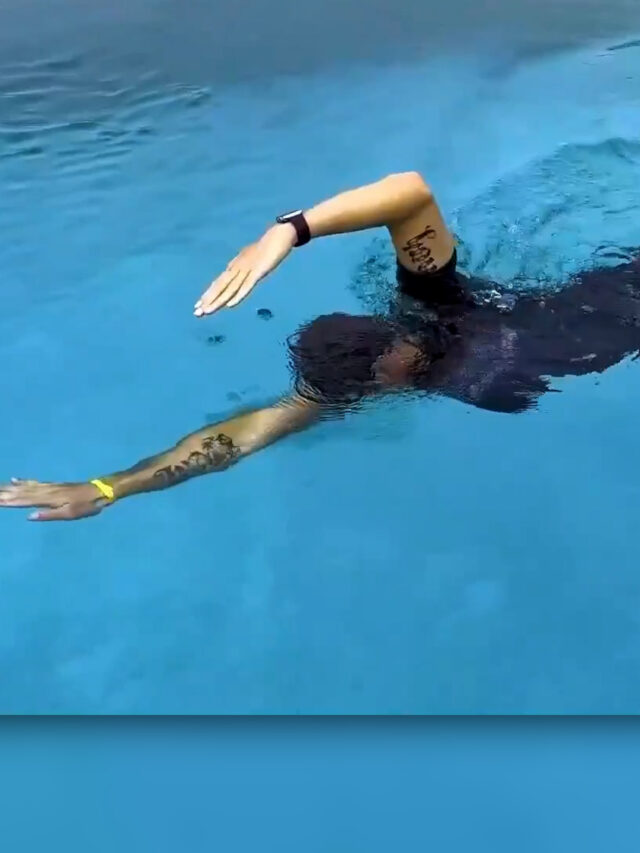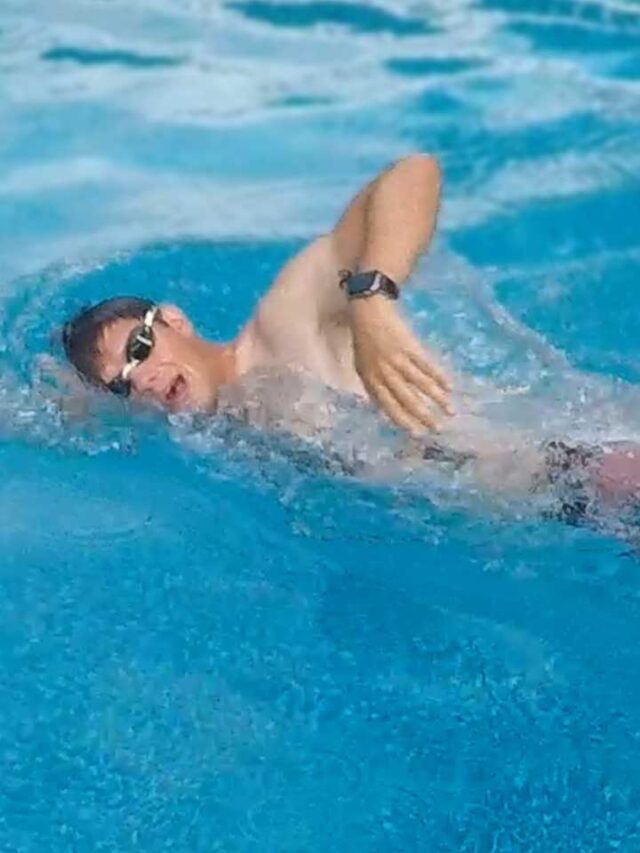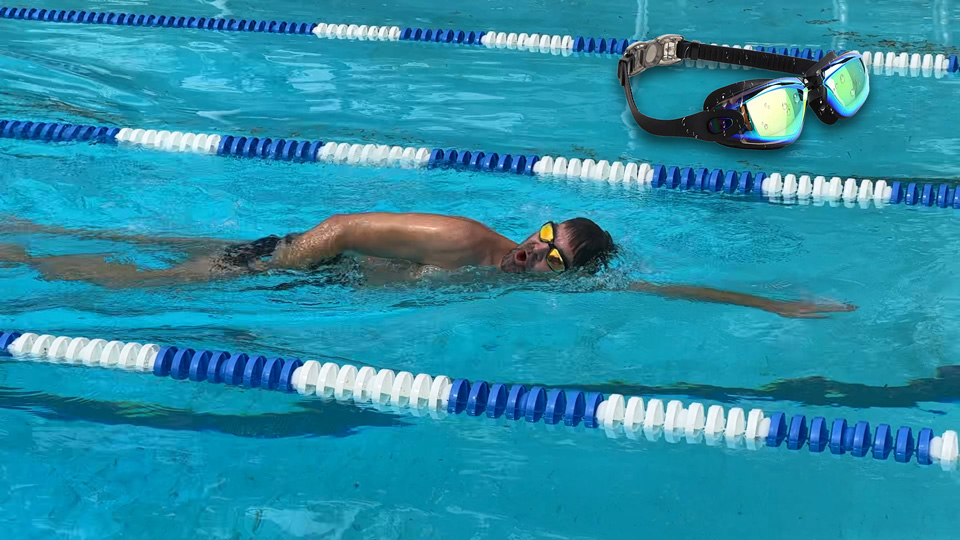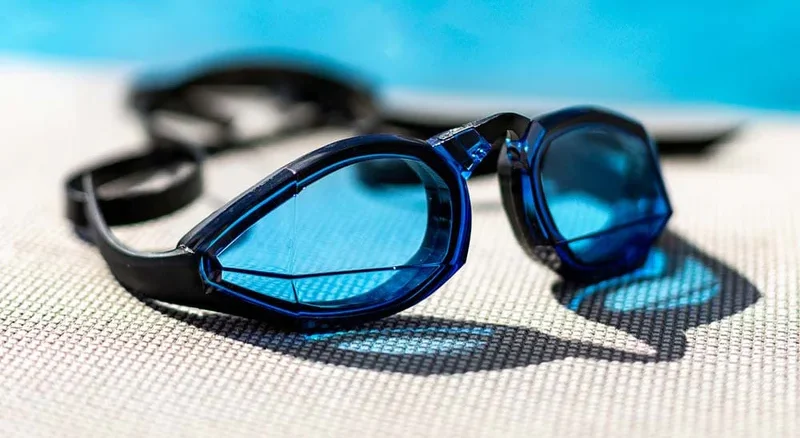Are you afraid of water? Don’t worry, you’re not alone! Many people harbor a fear of water, but the good news is that this fear can be overcome step by step. In this guide I will show you how to overcome fear of water and gradually become more comfortable in the water while ensuring your safety at the same time.
Water can be a source of enjoyment and relaxation, and by following these simple steps, you’ll be well on your way to conquering your fear & start swimming.
Starting Small
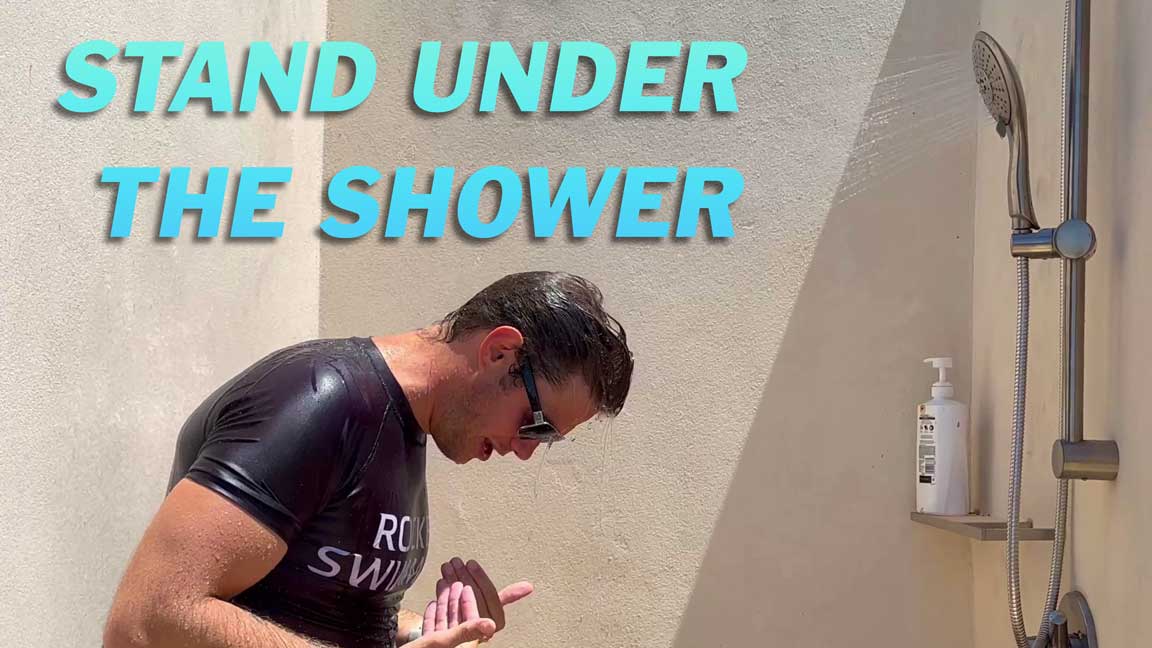
1. Begin in the Shower
Let’s start in the most familiar place: your shower. The idea is to get used to the feeling of water on your face and body. Stand under the shower and let the water flow over you.
2. Take It Slow
Remember, there’s no need to rush. It’s perfectly fine to start with small steps. Begin by simply standing under the water. Feel the sensation of the water on your skin, your shoulders, and your face. Gradually, you will become used to this feeling, and your fear will start to diminish.
3. Use Goggles for Comfort
For added comfort, consider using goggles. Goggles provide a clear view underwater, reducing anxiety. They create a barrier between your eyes and the water, enhancing your sense of security.
Progressing in the Shower
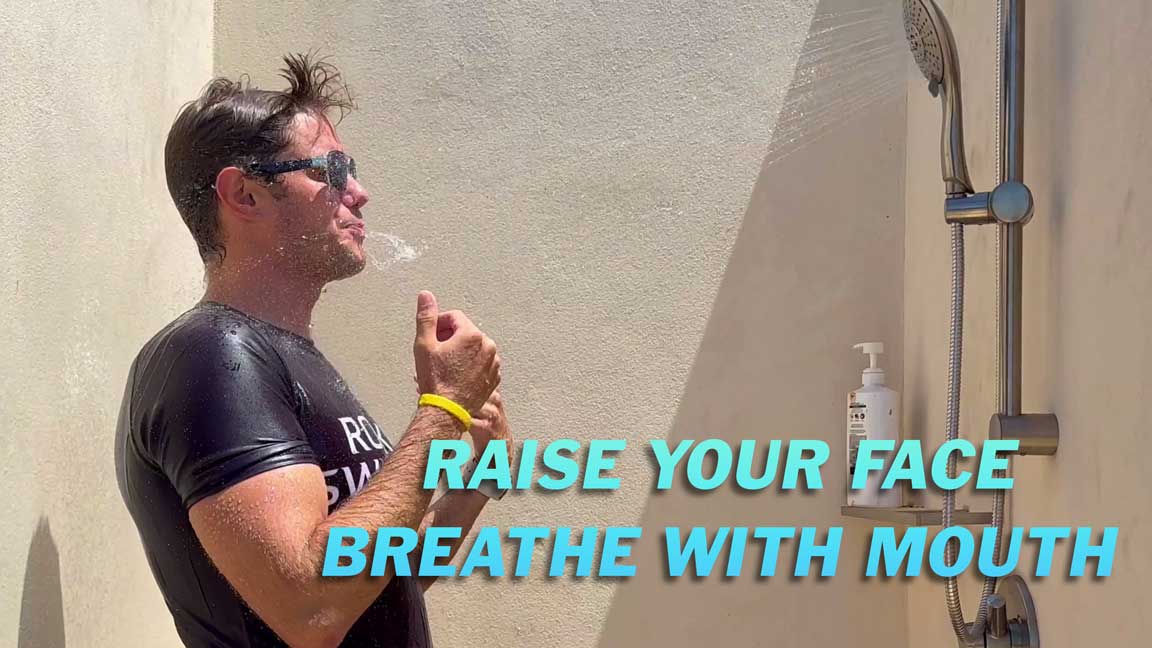
4. Start with Your Chin
When you’re ready, take the next step by putting your face directly under the stream of water. Begin with just your chin. This is a small but important step in getting used to water on your face.
5. Breathe with Your Mouth
As you put your face in the water, remember to breathe through your mouth instead of your nose. Breathing through your nose can lead to inhaling water, which can be uncomfortable and cause panic. Practice taking slow, deliberate breaths with your mouth while your face is in the water.
6. Gradually Raise Your Face
Slowly raise your face towards the stream of water until it starts to come over your nose and mouth. This might be a challenging step, but remember to keep breathing through your mouth and stay calm.
7. Spit Water Out
You’ll start to feel some water run off your face. This is normal. Spit the water out of your mouth to maintain your comfort level.
Moving to the Hot Tub
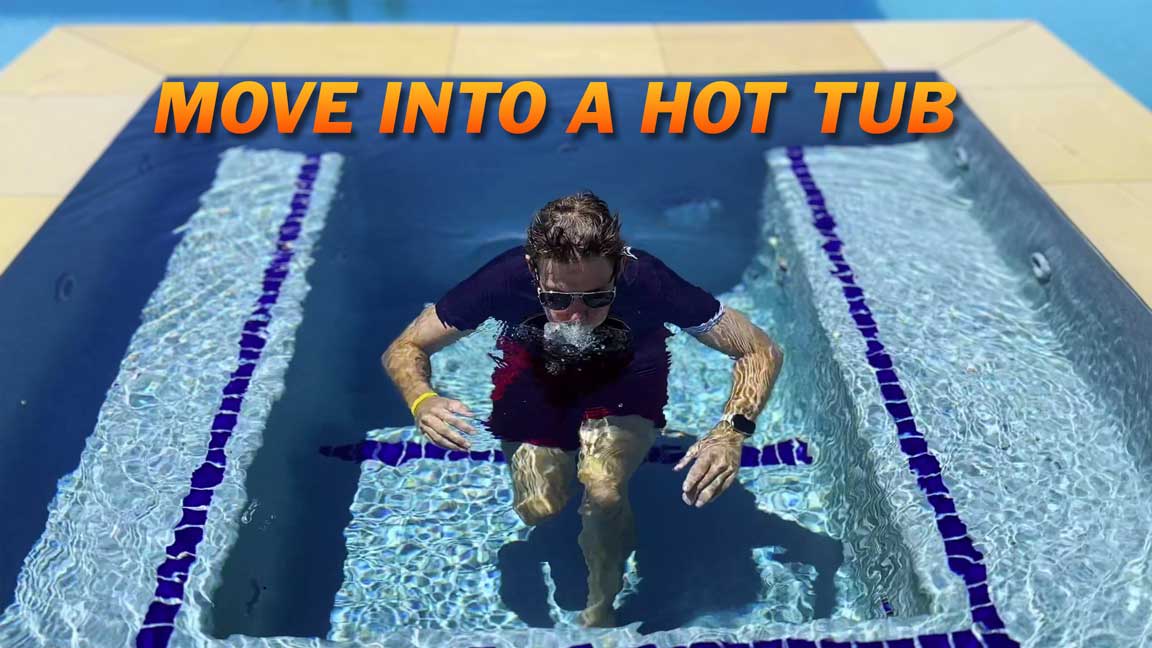
8. Try the Hot Tub
Once you’re comfortable in the shower, it’s time to take the next step. Find a hot tub or a small pool where you can practice in a controlled environment. But before you do that, start with some practice in a sink.
9. Keep Using Goggles
As you move to the hot tub or pool, continue using goggles. Goggles not only help you see clearly but also provide a sense of security. You’ll be able to keep your eyes open underwater, which can be reassuring.
10. Practice Blowing Bubbles
Now, it’s time to practice blowing bubbles in the water. This exercise helps you get accustomed to the sensation of having your face in the water. Blow air into the water and watch the bubbles rise to the surface. This simple activity can make a big difference in how comfortable you feel in the water.
11. Dip Your Face
Slowly dip different parts of your face into the water, just like you did in the shower. Start with your chin and gradually work your way to your forehead, cheeks, and ears. Maintain steady breathing throughout these exercises.
Practice in Shallow Water
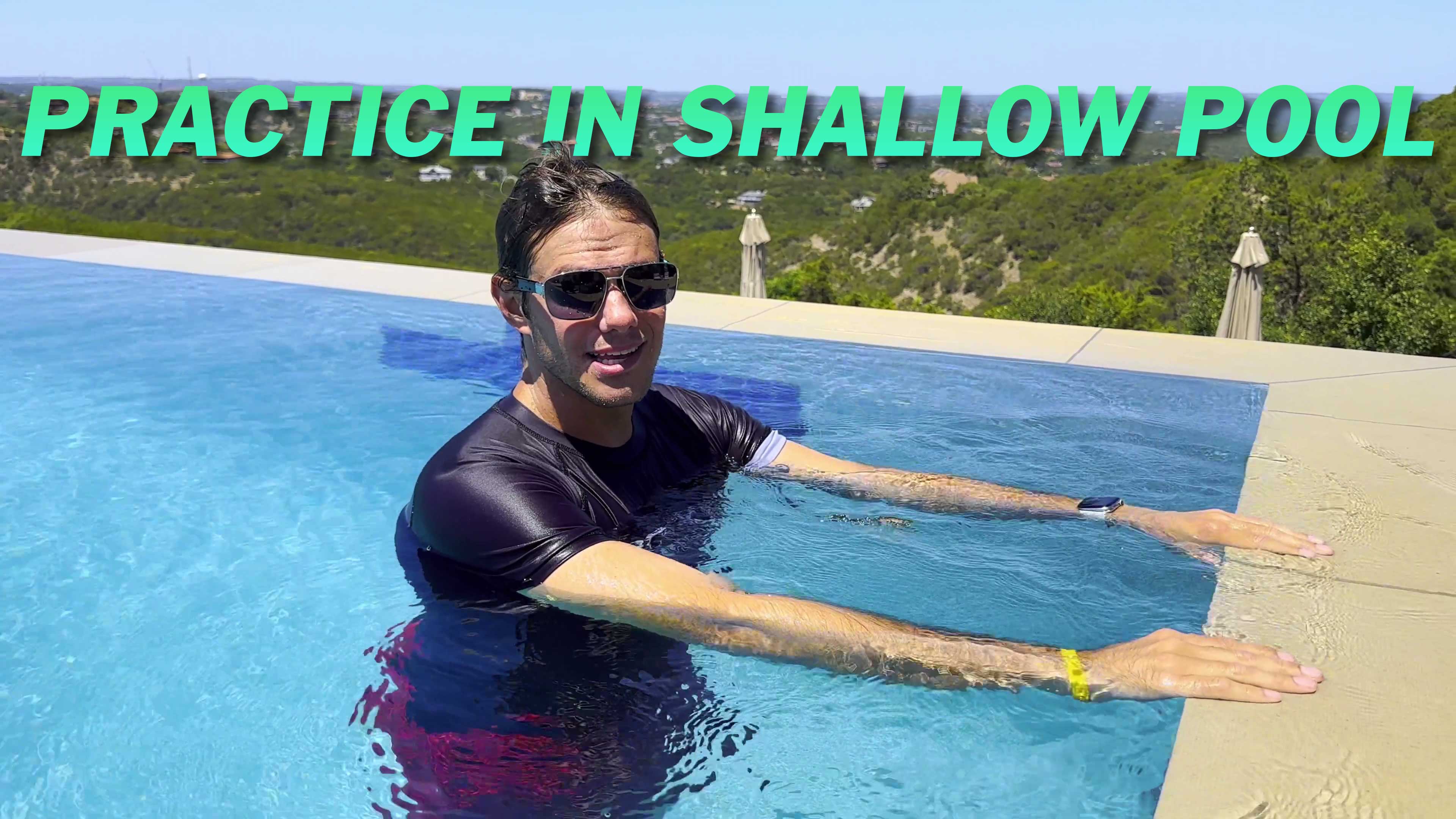
12. Enter a Shallow Pool
To further build your confidence, find a shallow pool where you can comfortably stand. Hold onto the edge of the pool with both hands. This gives you a sense of security, knowing you can easily reach the side if needed.
13. Repeat Your Exercises
In the shallow pool, repeat the exercises you practiced in the sink and hot tub. Start with dipping your chin into the water, then your forehead, cheek, and ear. Maintain steady breathing throughout. The goal is to gradually increase your comfort level with water on your face.
Advanced Tips
14. Blow Bubbles with Your Nose
Sometimes, water may accidentally enter your nose. To handle this, learn to blow bubbles out of your nose. This action helps clear your nasal passages and makes you feel more at ease.
15. Control Your Breathing
As you progress, focus on controlling your breathing. When you’re underwater, avoid rushing to the surface to breathe. Instead, exhale slowly to stay calm and in control.
Final Thoughts
16. Be Patient and Practice
Overcoming your fear of water might take time. Don’t be discouraged if you don’t make instant progress. Be patient with yourself and practice regularly. The more you practice, the more confident you will become.
17. Stay Calm
Remember that staying calm is crucial in the water. Think of being in water like floating in space; you can’t breathe there either, but astronauts learn to control their breath. With practice, you can do the same in the water
Learn how to overcome your fear of water by watching this YouTube video
Private Swim Lessons
Private swimming lessons help you overcome your fear of water in a safe swimming environment. In these one-on-one sessions, you get all the attention, and you can feel relaxed because it’s just you and the instructor. They’ll make sure to help you with your worries and teach you at your speed. It’s like having a personal coach!
With private swimming lessons, you learn faster and better about staying safe in the water and how to swim well. So, if you really want to get over your fear of water, don’t wait. Book your private lessons now. Start your journey toward feeling comfortable in the water, one step at a time..


